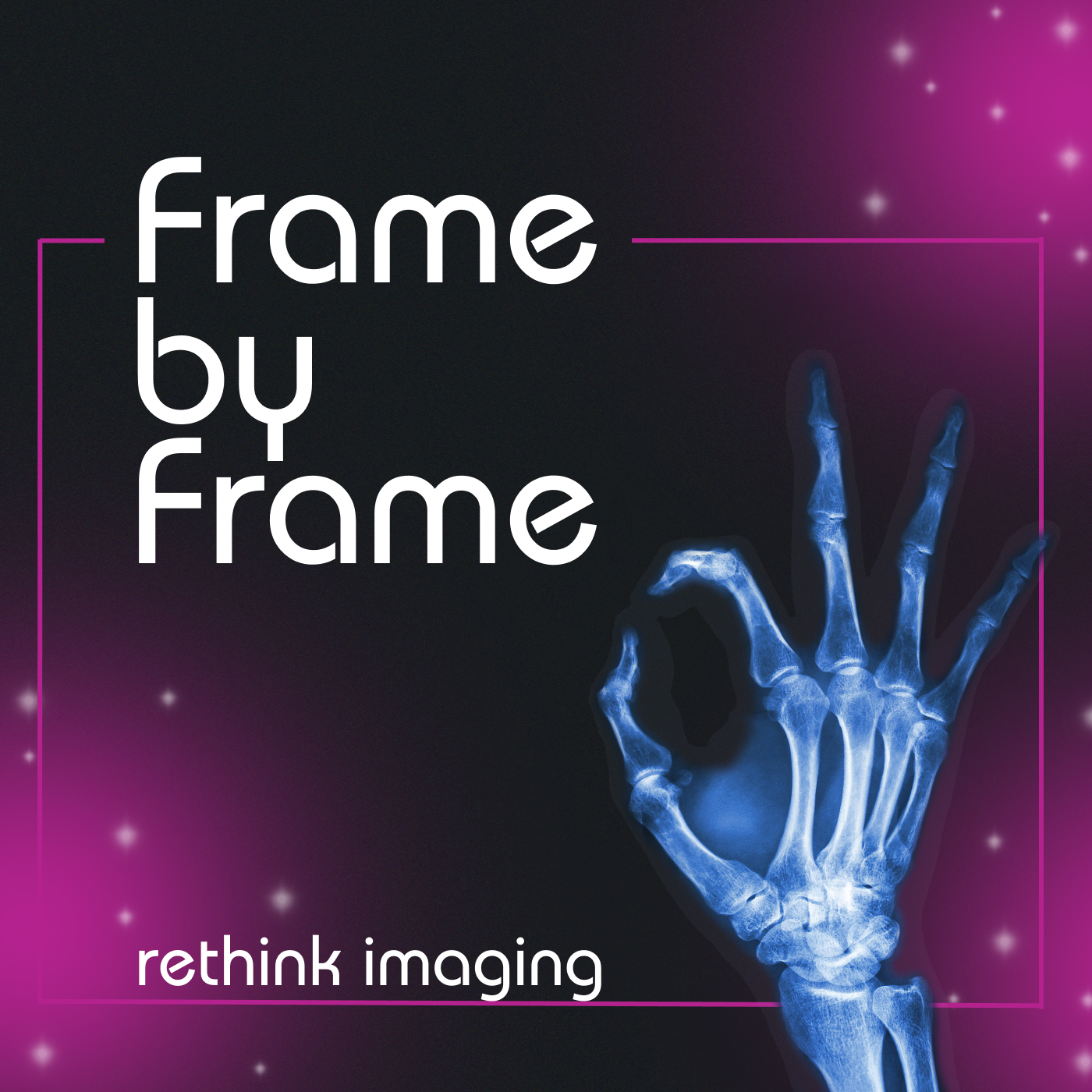Detecting the Undetectable: Dr. Andrew Callen on Spinal CSF Leaks
October 9, 2025

In this episode of Frame by Frame: Rethink Imaging, host Chris St. John sits down with Dr. Andrew Callen, Associate Professor of Radiology and Neurology at the University of Colorado School of Medicine and Director of the CU CSF Leak Program, to explore how advanced imaging is transforming the diagnosis and treatment of spinal CSF leaks.
From understanding cerebrospinal fluid’s vital role to uncovering invisible leak types like CSF–venous fistulas, Dr. Callen shares how innovations such as dynamic CT myelography and the Myelovator positioning device are pushing radiology beyond its limits to help patients once considered “undiagnosable.”
Spinal CSF leaks are among medicine’s most elusive disorders—often missed, misdiagnosed, or misunderstood. But emerging imaging techniques are changing that narrative.
In this episode of Frame by Frame: Rethink Imaging, host Chris St. John welcomes Dr. Andrew Callen, the pioneering radiologist behind the University of Colorado’s multidisciplinary CSF Leak Program, to discuss how specialized MRI and CT protocols are enabling clinicians to “detect the undetectable.”
Dr. Callen explains how subtle imaging details, like distinguishing fat from fluid through fat-suppressed T2-weighted MRI, can mean the difference between a missed diagnosis and life-changing treatment. He also describes how dynamic CT myelography and innovative patient-positioning techniques are revealing leaks and fistulas invisible to conventional imaging.
Beyond technology, Dr. Callen offers a candid look at the systemic and economic challenges of building a CSF leak program, the importance of multidisciplinary collaboration, and the need to keep an open mind for the patients whose symptoms defy explanation.
Whether you’re a radiologist, neurologist, or healthcare innovator, this episode offers a front-row view into how precision imaging and creative thinking are reshaping our understanding of CSF leaks and patient care.
What You’ll Learn:
What You’ll Learn:
- How cerebrospinal fluid (CSF) acts as the brain’s natural cushioning and metabolic system
- Why traditional MRI protocols often miss CSF leaks —and how fat-suppressed T2-weighted imaging improves detection
- How dynamic CT myelography revolutionized leak detection through real-time contrast movement
- The significance of the Myelovator, a patented device that allows controlled patient tilt during CT imaging
- Why CSF–venous fistulas often evade standard imaging and require specialized techniques
- How some CSF leaks can present months or years after a procedure—creating diagnostic complexity
- Why radiologists must balance diagnostic ambition with patient safety and radiation exposure
- The economic and workflow challenges of running a CSF leak program—and how multidisciplinary models help
- Why open-mindedness is critical as medicine continues to uncover new leak types and pathophysiologic mechanisms
Chapters:
[00:00] Intro – Understanding CSF and its role in the brain and spine
[04:00] Why CSF leaks are so difficult to detect
[07:00] When a “normal” MRI isn’t normal at all
[10:15] The MRI Protocol – How fat-suppressed T2 imaging reveals hidden fluid
[17:50] Types of CSF leaks and how they can form after procedures
[23:40] Dynamic CT Myelography vs Traditional Methods
[27:45] Inventing the Myelovator – Innovation born of necessity
[31:25] Reshaping workflow and economics for CSF leak programs
[36:00] The Future of CSF Leak Research – What we still don’t know
[39:00] Closing Thoughts – Hope for patients through imaging innovation
Frame by Frame: Rethink Imaging Podcast is handcrafted by our friends over at: fame.so